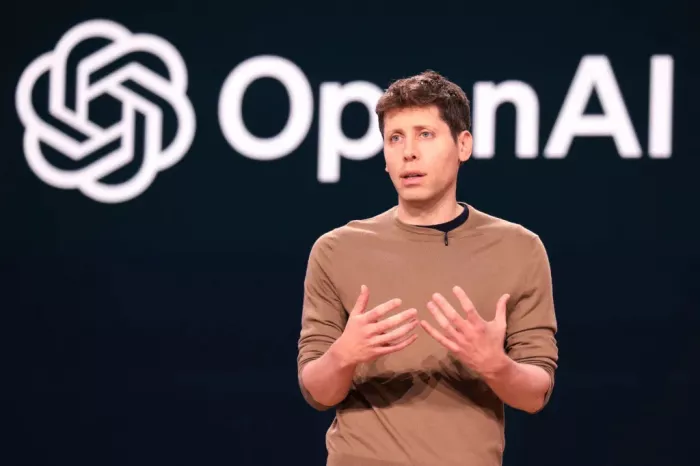
In a candid revelation that has sent ripples across the artificial intelligence landscape, OpenAI CEO Sam Altman has shed light on a pivotal, often understated, reason behind the company's recent pivot towards releasing more open-weight AI models. Altman's strategic decision, he disclosed, wasn't merely about fostering innovation or community collaboration; it was a calculated move to prevent a future where global AI infrastructure might be overwhelmingly built upon models originating from a single nation, specifically China.
Addressing the rationale behind what marks a significant shift for a company historically known for its more guarded approach to its most powerful AI, Altman reportedly stated, "It was clear that if we didn't do it, the world was gonna be mostly built on Chinese open source models." This statement underscores a geopolitical tension simmering beneath the surface of rapid AI advancements, highlighting the fierce global competition for technological dominance and the very blueprint of our digital future. This deep dive into Sam Altman's open-source AI strategy reveals a proactive defense against potential technological monopolization.
A Strategic Imperative: Countering China AI Dominance Concerns
For years, the race for AI supremacy has been framed as a technological arms race, with nations pouring billions into research and development. However, Altman's comments reveal a new dimension: the battle for the foundational layers of AI itself. Open-weight models, unlike proprietary closed-source systems, allow developers and researchers worldwide to access, modify, and build upon the underlying architecture of AI. If a significant portion of these foundational models were to originate predominantly from one country, it could profoundly influence everything from ethical guidelines to practical applications, potentially shaping global norms and standards for decades to come.
The fear isn't just about economic competition; it extends to influence over AI's evolution. If Chinese open-source models were to become the de facto global standard, they would inevitably embed specific data biases, philosophical approaches, or regulatory frameworks, shaping the very fabric of how AI interacts with societies worldwide. OpenAI's move, therefore, can be seen as a strategic counterbalance, an attempt to ensure a diverse, multi-polar foundation for global AI development. It’s a direct response to China AI dominance concerns that extend far beyond market share.
The Impact of Open Source AI: Reshaping the Global Ecosystem
OpenAI's shift is not just reactive; it’s transformative. By making its models more accessible, the company aims to foster a more decentralized and collaborative global AI ecosystem. This approach could accelerate innovation by empowering countless developers, startups, and researchers to experiment and create new applications without being solely reliant on a few monolithic proprietary systems. The impact of open source AI is profound, democratizing access to cutting-edge technology and potentially sparking an explosion of creativity and utility globally.
Furthermore, this move could lead to more robust and secure AI systems. When models are open, a larger community can scrutinize them for vulnerabilities, biases, and potential misuse, theoretically leading to more transparent and trustworthy AI. It also promotes a healthier competitive environment, pushing all players to innovate more rapidly and responsibly. This transparency is a core tenet of OpenAI's rationale for open-weight models, moving beyond mere technological advancement to global responsibility.
The Future of AI Development: A Collaborative Yet Competitive Landscape
Altman's revelation paints a clearer picture of the high stakes involved in the future of AI development. It’s a landscape where geopolitical strategies intertwine with technological breakthroughs, and where decisions made by leading AI labs have global repercussions. While competition remains fierce, this strategic openness by OpenAI suggests a recognition that the foundational layers of AI are too critical to be monopolized by any single entity or nation. It’s an implicit invitation for diverse participation to ensure that the AI revolution serves humanity broadly, not just a select few.
Ultimately, Sam Altman's rationale highlights a critical juncture for AI. The decision to release open-weight models is a calculated risk, balancing the desire for technological leadership with the imperative to shape a more equitable and globally representative future for artificial intelligence. It underscores that the race for AI isn't just about who builds the most powerful models, but also about whose foundational ideas and values will underpin the digital world for generations to come.


Comments